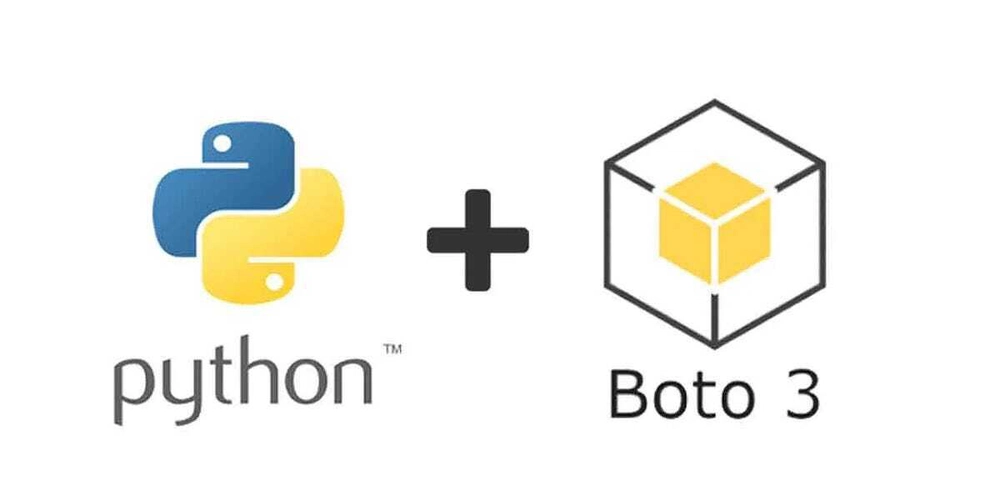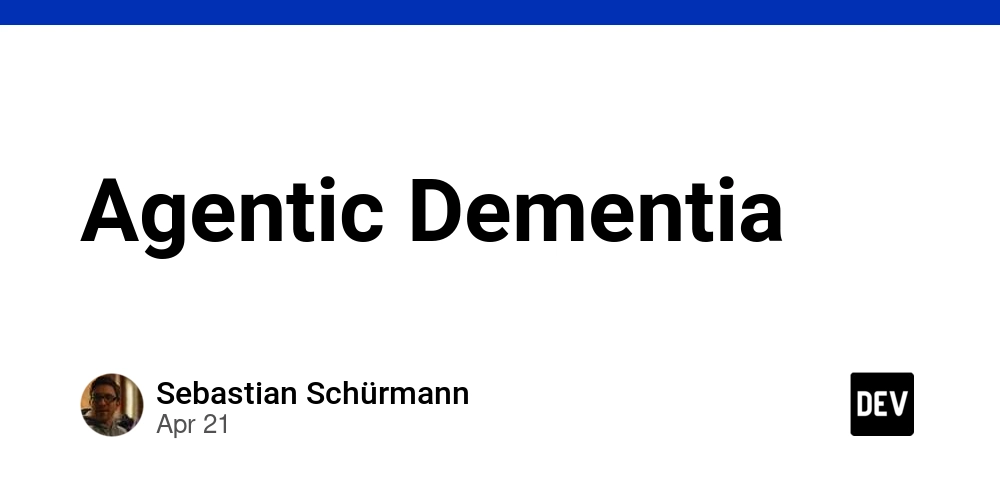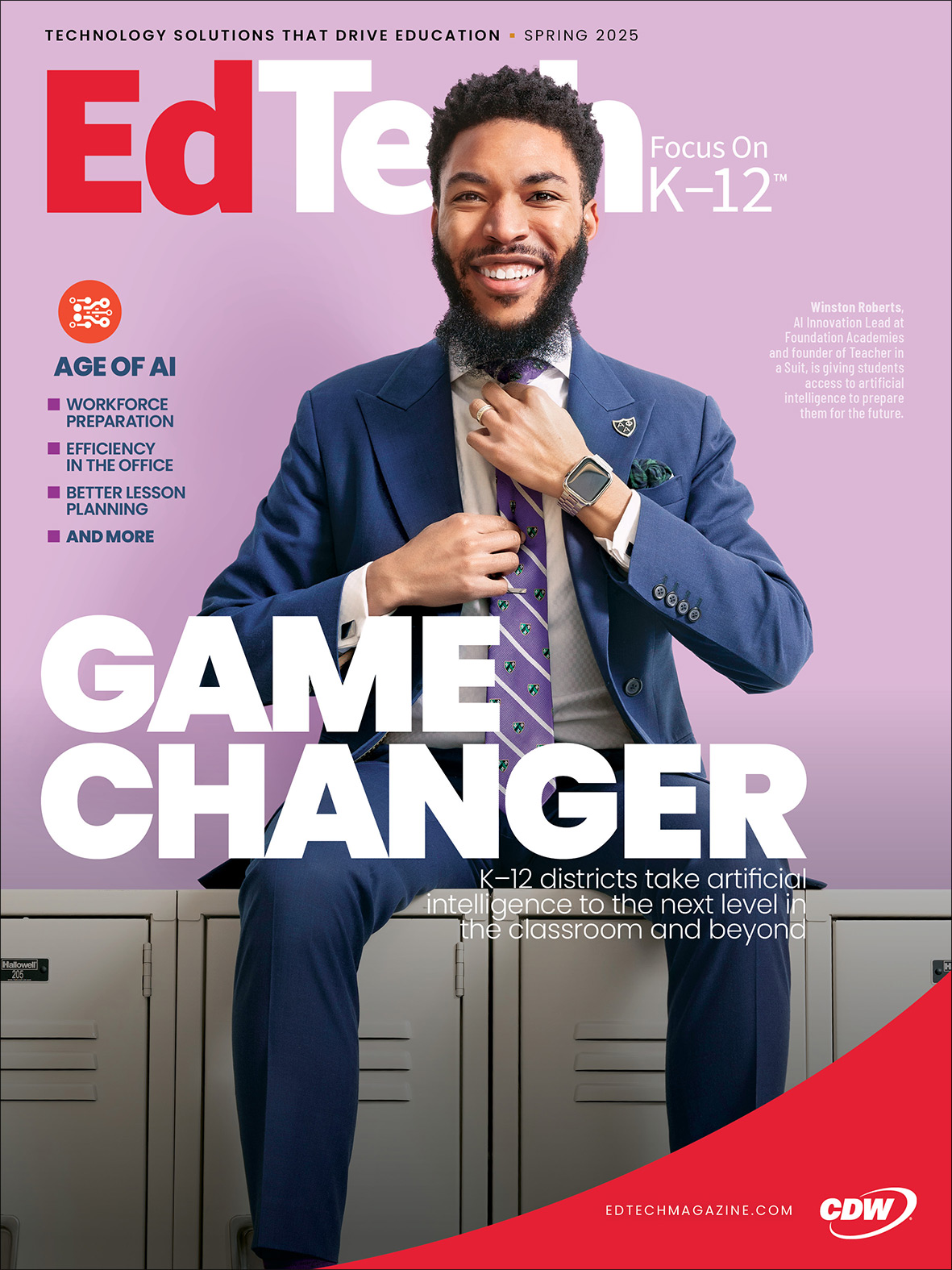7 Goldman Sachs insiders explain how the bank's new AI sidekick is helping them crush it at work
From analyst to partner, seven Goldman employees shared a look at how the bank's internal ChatGPT-like tool is making their jobs better and faster.
Goldman Sachs
- Goldman Sachs has been deepening its investments in generative artificial intelligence.
- CEO David Solomon has said the bank's AI tools will "scale and transform our engineering abilities."
- Seven Goldman employees, from analyst to partner, told BI how AI is changing their jobs.
A few years ago, what excited one of Wall Street's top tech bosses about artificial intelligence was its potential to serve as an infinite repository of facts. He even likened its advent to the printing press.
Now, Marco Argenti, the chief information officer at Goldman Sachs, is bullish about the tech's growing analytical and reasoning powers, too.
"It is like the ultimate librarian that knows how to find the information," he told Business Insider in a recent interview. He said that AI's reasoning capabilities have reached the point of helping users analyze and synthesize conclusions.
It's not just mundane tasks that can be outsourced to AI anymore, but even intricate problems that Argenti predicted will one day be solved by "teams" of human and digital brains.
That deepening degree of analytical ability has prompted a shift in how Goldman's other leaders have come to think about AI, and spawned a suite of new products. Under Argenti's leadership, the bank has introduced generative AI-powered resources built using the AI platform Goldman launched in mid-2024. That foundation was engineered with access to popular large language models like Google's Gemini or OpenAI's ChatGPT, but includes a protective layer to insulate the firm's confidential data.
Goldman has since produced a range of tools, from a developer copilot for writing code, to a language translator, to its interactive "GS AI Assistant" — an AI sidekick for employees resembling the kind of chat interface that ChatGPT operates for its own everyday users.
During the bank's April earnings call, CEO David Solomon told shareholders that these tools, including the GS AI Assistant, promised "to scale and transform our engineering capabilities."
It's now available to roughly 10,000 members of the firm's more than 46,000-person-strong workforce, with the goal of expanding it to most others by the end of the year. The rollout comes as financial firms, including other banks, start to see cost and time savings from their AI investments. Case in point: Solomon has said that AI is doing 95% of the work on an IPO prospectus.
With AI's reach in finance only accelerating, some in the industry have openly worried about threats from the tech, like job redundancies and cost savings. Nonetheless, it's won over some devotees — like these seven Goldman employees, ranging from analyst to partner, who shared real-life depictions with BI of how they're making it work for them.
Their vignettes offer a picture of how AI is changing life in finance.
Ashish Shah, partner and chief investment officer of public investing, asset and wealth management
Goldman Sachs
Even though he's a senior leader in the firm's public investing business and among its top executives as a Goldman partner, Shah still welcomes help presenting his thoughts and opinions.
"With more analytical people, generative AI is really helpful as a starting point with some of the more creative aspects of their jobs," Shah told BI. "The GS AI Assistant helps get me to a first draft quickly. Once I have that first draft to react to, I have all sorts of opinions and can iterate easily from there."
It allows him to brainstorm and structure concepts he wants to get across and organize those specific threads "in a pithy manner," he said.
When Shah used AI to help structure a strategic discussion for an upcoming business on-site trip, he said it shortened "what could have taken three to five hours," and boiled "it down into 30 minutes of back and forth with the LLM."
"That kind of time saving," he added, "is incredibly valuable."
Kerry Blum, partner and global head of the equity structuring group, asset and wealth management
Goldman Sachs
Working with some of Goldman's wealthiest clients, like high-net worth individuals, family offices, and founders of companies, Blum's broader team talks with people all over the world.
"We're a global bank. Our clients are global. Our investment ideas are global," Blum said. "So we want to meet our clients where they are, and while our reach is already global, we can enhance the way we engage with our clients by speaking to them in their preferred language."
The bank is now expanding its Translate AI tool, which currently works with nine other languages, into the asset and wealth management division, Blum said.
Historically, Goldman outsourced some of this translation work, and turnaround times could sometimes stretch into days, making time-sensitive updates challenging or impractical at times. With Translate AI, output is seconds or minutes, she added, allowing her teams to share more time-sensitive updates rather than stick to the more evergreen content with a longer shelf life.
Raphaelle Jacquemin, managing director, global banking and markets
Although AI is new to Jacquemin's day-to-day toolkit, the managing director in equity derivatives structuring is already reaping the rewards.
Specifically, Jacquemin uses the tools to help her with software, whether it's doing something complicated in Outlook or maneuvering through coding languages.
"For example, I can say, 'I want to create in Outlook a search folder where I have all the emails which are bigger than 2MB, unread, and older than 5 years old. Give me a tutorial on how to do this,'" she explained.
She's also found it valuable in breaking down programming languages, like Python. The London-based employee has asked AI to make sense of coding commands, like "pd.MultiIndex.from_tuples," or suggest the best way to spin up tables of figures in Python.
Christopher Dixon, vice president, global investment research
Goldman Sachs' Translate AI tool is also available to its investment research teams to translate a wide variety of reports into some languages.
The content-management-group team has been using the LLM-based interface, which translates to and from English, for around nine months, said Dixon, a vice president at the bank. He said the firm has recorded a "high double-digit improvement" in productivity around translations, while also reducing translation outsourcing costs, he said, though the firm declined to offer specific figures.
Samantha Boden, vice president, global banking and markets
Goldman Sachs
As a quantitative strategist focused on risk modeling, Boden spends much of her time developing new ideas.
"While this is exciting, learning entirely new topics can be challenging," she said. So Boden has turned to the GS AI Assistant as her "personal tutor," which has completely changed the way she approaches her daily work and masters technical topics.
For instance, if Boden wanted to learn how to price an American call option, she said she can ask the AI a series of questions about pricing methods or an "unsolved example to practice." If certain features are added, she can query how the model changes using the AI system, as well.
"The power lies not only in the AI's vast knowledge base but also in the speed of iteration," Boden said, adding that she can quickly request more details about a specific response, or personalize the learning experience.
Konstantin Kuchenmeister, associate, engineering
Goldman Sachs' engineering coding assistant and the GS AI Assistant are quickly becoming the primary tools in Kuchenmeister's daily workflow.
"I use it every day for getting a head start on traditionally time-consuming tasks such as code writing and reviewing models, saving me hours every week," said Kuchenmeister, who is also an adjunct math professor at Columbia University.
From routinely asking the tool to review team members' code changes, to running a line-by-line analysis to flag potential vulnerabilities, Kuchenmeister said he has started treating the GS AI Assistant "as both a collaborative tool and colleague."
The AI assistant has also shaved time off the weekly updates, routine project plans, and presentation decks Kuchenmeister has to put together. Recently, he prompted it to prepare the monthly update presentation he gives, while telling it to keep the draft under three pages, bearing in mind notes from the prior week's meeting, and to format everything like a bulleted list.
"It responded with a near-final version in less than a minute," he said.
Samruddhi Somwanshi, analyst, engineering
Nitat Termmee/Getty Images
As one of the firm's newest recruits, Somwanshi, who holds the entry-level role of analyst, turns to AI to save time navigating the bank's vast codebase. She also uses the bank's AI tools to write test cases quickly, explain specific parts of code, and document changes made to the code.
It's a new world for engineering analysts like her — just a few years ago, time-consuming tasks like these would have mostly been done by hand.
"Sometimes I just describe what I want to do, and it helps by pointing me to the right files or functions I should check for," she said. "It might sound like a small thing, but doing this every day really adds up and makes my work as a developer much smoother," Somwanshi continued, adding: "It's been a huge time-saver."
And as an analyst and newbie to Goldman's hard-charging culture, every second on the job can count.
Have a tip? Contact these reporters. Bianca Chan can be reached via email at bschan@businessinsider.com or SMS/Signal at (646) 376-6038. Reed Alexander can be reached at ralexander@businessinsider.com or SMS/Signal at 561-247-5758. Use a personal email address and a nonwork device; here's our guide to sharing information securely.








































































